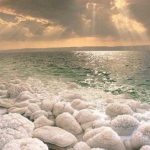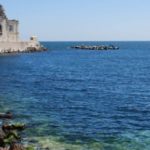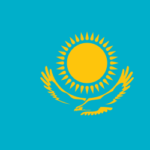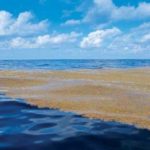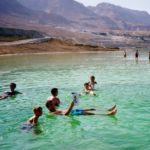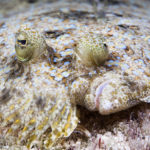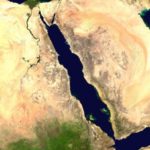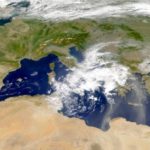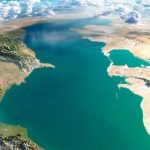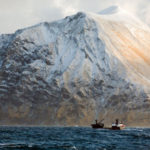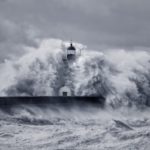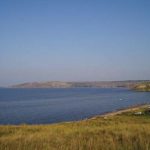The Aral Sea Problem
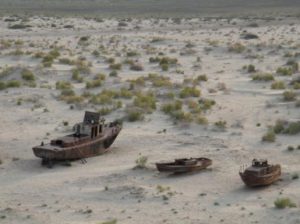 Often, when people interfere in the nature of nature, not thinking about the consequences, catastrophic processes occur that cannot be fixed. The Aral Sea – can serve as a vivid example when, in order to irrigate the lands around the Amu Darya and Syr Darya, people set up channels that the water of these rivers stopped reaching the Aral Sea and it dried up.
Often, when people interfere in the nature of nature, not thinking about the consequences, catastrophic processes occur that cannot be fixed. The Aral Sea – can serve as a vivid example when, in order to irrigate the lands around the Amu Darya and Syr Darya, people set up channels that the water of these rivers stopped reaching the Aral Sea and it dried up.
So, the bottom of the Aral Sea turned into a lifeless desert, as a result of which the climate in Central Asia changed as a whole.
The Aral Sea served as a natural barrier against the penetration of cold air masses from the north, and on the lands south of the Aral Sea there was a special climate, which had been established for centuries, providing normal living conditions. No wonder, probably, the ancient settlements of people living in these areas were precisely along the Aral coast. There was water, there was life. In the Aral Sea there was an abundance of fish, bird colonies and numerous herds of wild animals lived around. On the islands of Barca Kelmes and Renaissance there were huge conservation areas. This is what these places looked like.
But what happened to the former sea. Now it will have to be revived again, but will it work?
A similar story happened with the huge bay of the Caspian Sea Kara Bugaz Gol. The bay, separated from the Caspian by a narrow scythe, constantly absorbed the water of the sea, which intensively evaporated from the surface of the bay. As a result of evaporation, a valuable chemical raw material was formed – mirabilite, which has been mined here for more than 50 years. But scientists decided that these vapors caused a drop in the level of the Caspian Sea and solved this problem in their own way. This is how Kara Bugaz looked until 1980.
But in 1980, the strait was blocked by a dead dam and the flow of water into the bay from the Caspian was stopped. The bay turned into a lake, devoid of water recharge. This disturbance of ecological balance reduced the area of the reservoir due to evaporation. Three years later, the area of the bay decreased by 3 times. If earlier it was 18 thousand km, then it became only 6 thousand km, and the depth was not more than 50 cm. The volume of brine decreased by 10 times, the mirabilite ceased to precipitate. A unique deposit of valuable salt began to fade.
Kara-Bogaz-Gol eventually turned into a white salt desert. Violent winds from the Caspian Sea spread salt, destroying all life in the area. They decided to fix the problem of Kara-Bogaz-Gol and began to supply water from the Caspian to the Kara-Bogaz-Gol through pipes, but this did not help. They built a gateway in the dam, but this also does not give results. This is how most of the bottom of Kara Bugaz began to look
And only when in 1992 the dam was liquidated and the natural inflow of sea water into the bay was resumed. By the end of 1995, the main bowl of the gulf was somehow filled with water, but so far it has not been possible to revive the unique natural landscape and ecology of the region. How many years it will take is hard to say.

